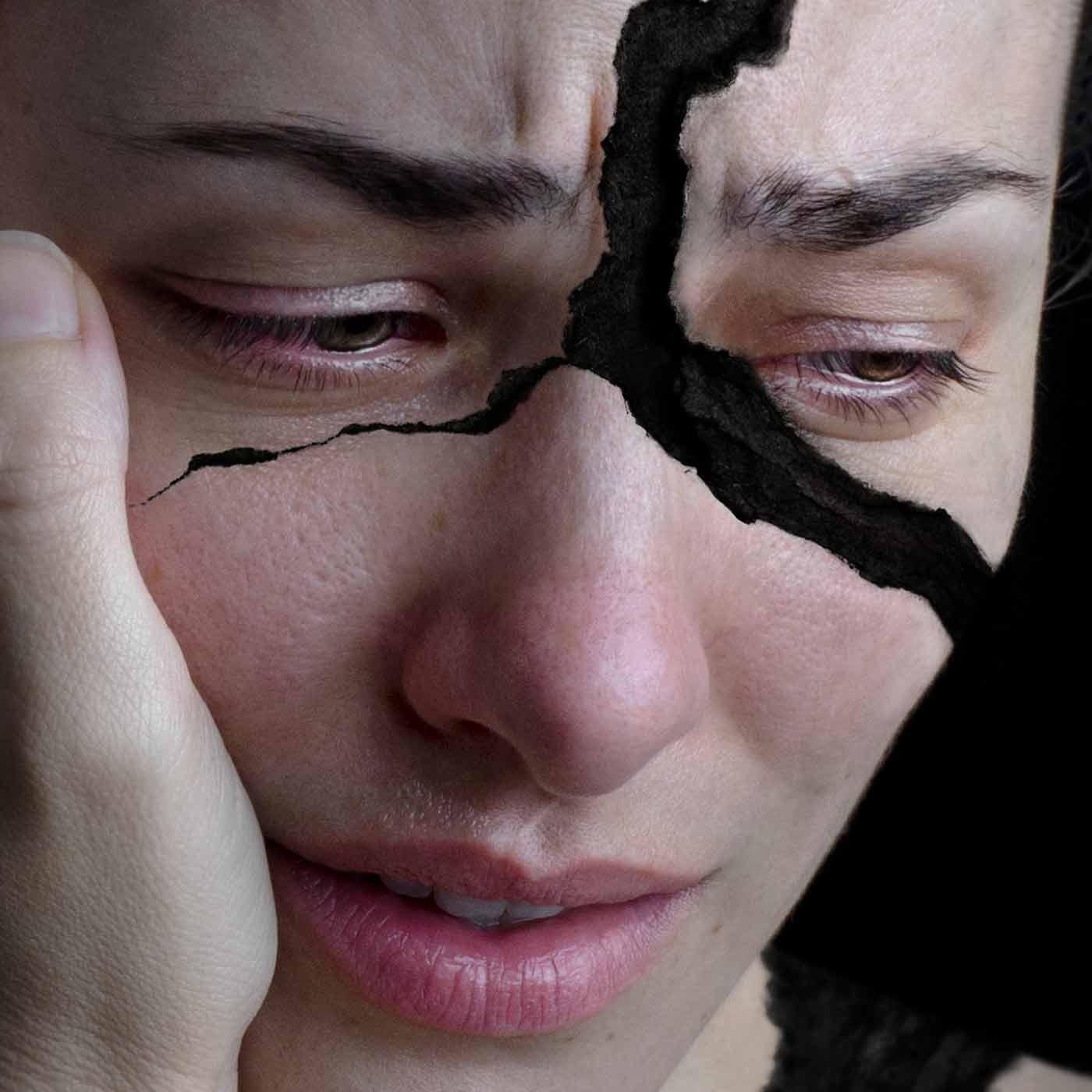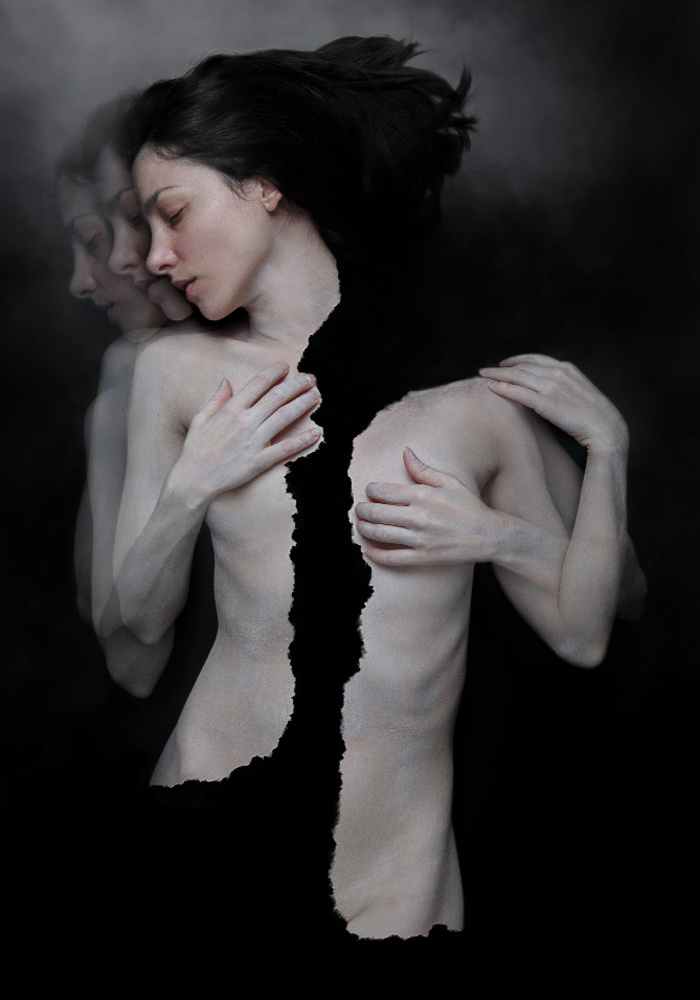
Rota
????????

Rota
????????
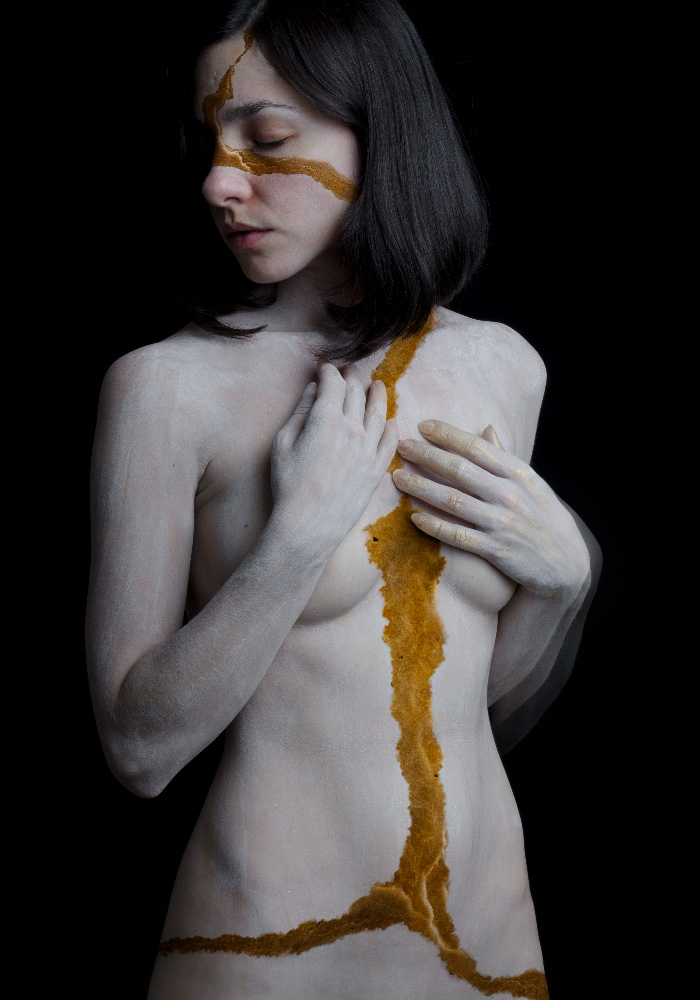
Aceptacion
????????
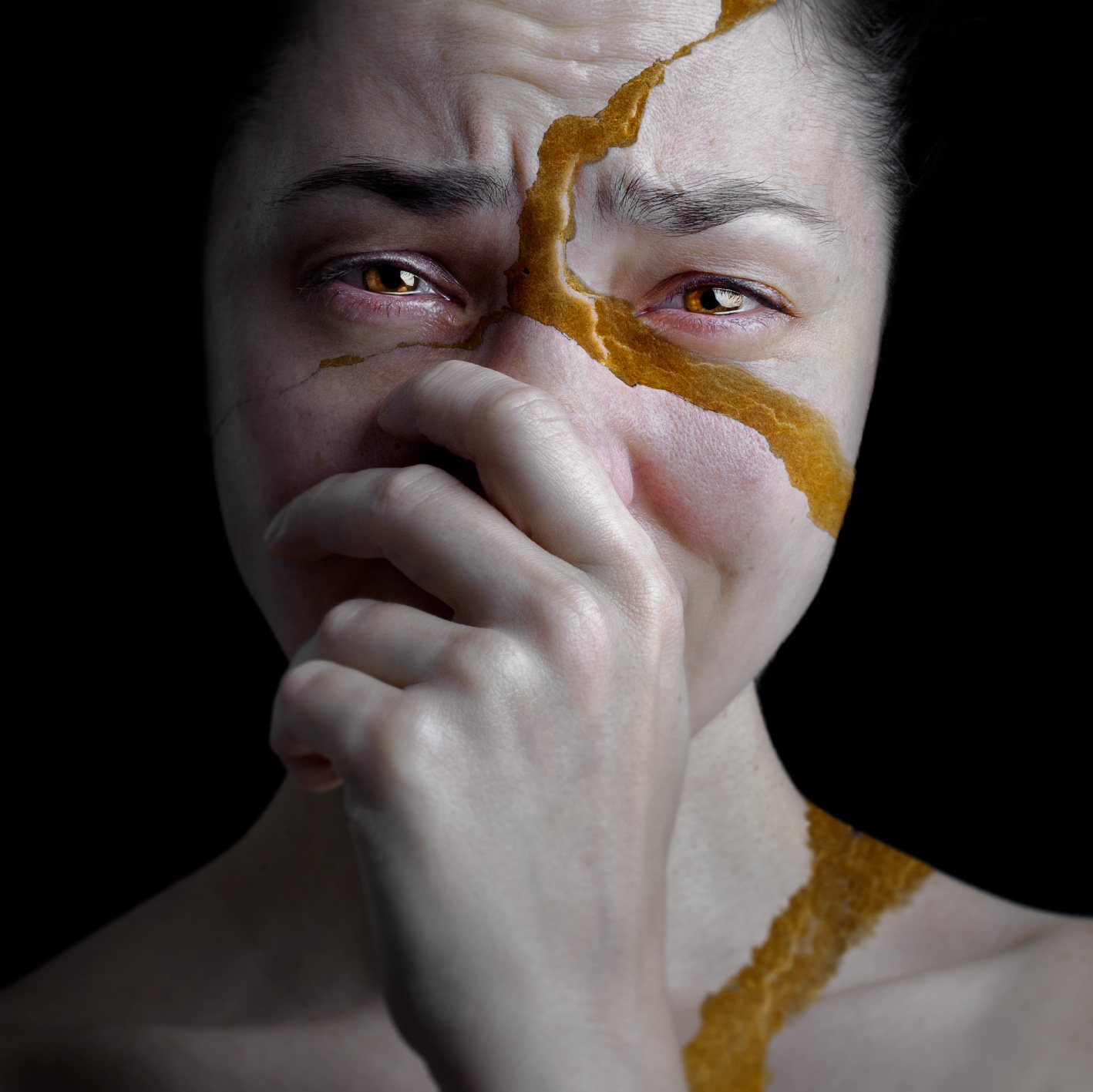
Apropiando el daño
????????
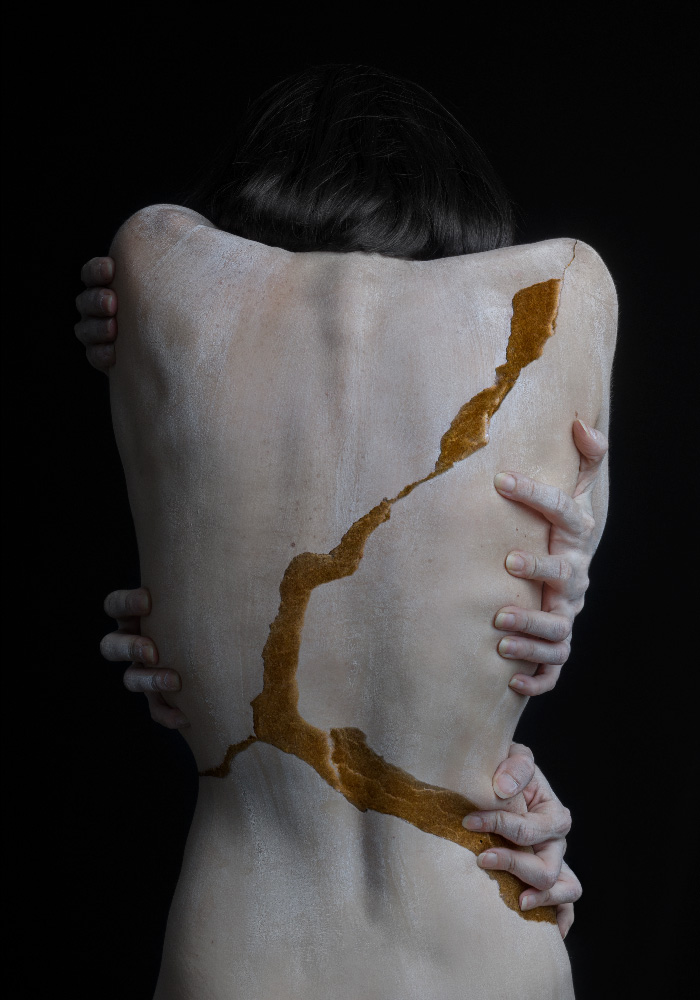
Abrazando el daño
????????
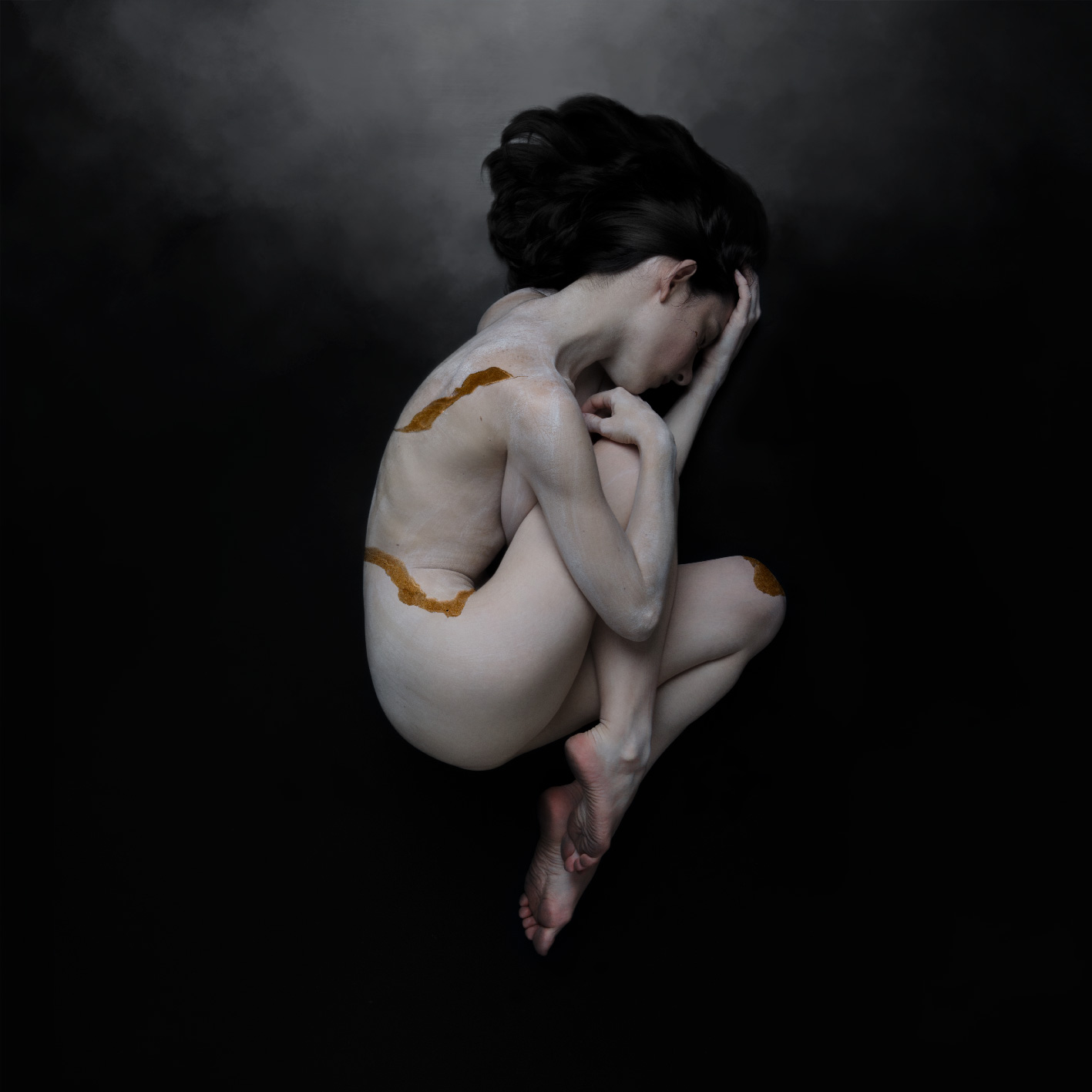
Renacer
????????
Entrevista & detrás de cámaras
Presentacion del proyecto en Bodega Monteviejo
con entrevista y parte del proceso de creacion, detrás de cámaras
Mira el video
Abrazando el daño
(ESP)
En películas o tv cuando un personaje le dice a otro “podemos volver a como solían ser las cosas antes?…” es usualmente un signo de parte de los escritores de que ese personaje tiene que enfrentar la realidad o a sí mismo…Esta frase cliché se ofrece como una solución…algún trauma ha ocurrido, entre las personas que estaban involucradas, están enojadas o heridas o confundidas, quieren olvidar, sanar, disculparse, quieren que los tiempos malos den paso a los buenos pero solamente con la falsa pretensión de que los tiempos malos nunca ocurrieron. Sabemos que el trauma puede ser reprimido pero no puede ser borrado; una reconciliación duradera se lograr mediante la autoconciencia emocional a través de aceptar (abrazar) los agentes de cambio del trauma, como ellos irreversiblemente reorganizan elementos de la personalidad, la identidad y la realidad social. Esta idea de abrazar nuestras heridas, nuestras fisuras se manifiesta poéticamente en la práctica de reparación japonesa Kintsugi, literalmente unir con oro, es el arte de reparar cerámica rota con resina aca mezclada con oro en polvo. La filosofía se desprende de una estética japonesa llamada “Wabi Sabi” que encuentra la belleza no en los ideales de la tradición occidental de la simetría o geometría sino conceptos budistas de impermanencia e imperfección.
Las fracturas en un bowl cerámico no representan el final de la vida de ese objeto sino un momento esencial en su historia, las imperfecciones de la forma están ocultas de la inspección pero adornadas con una significación dorada, quizás Hemimngway tuvo al KINTSUGI en su mente cuando escribió las famosas líneas de Adiós a las armas, “El mundo nos rompe a todos y luego algunos se hacen más fuertes en las partes rotas”. El arte del Kintsugi, simboliza la verdad de que la reparación requiere transformación, que el prístino es menos bello que lo roto y que nuestra verdadera forma es imposible de ver hasta que es fracturada o quebrada, hasta que una herida como una grieta recorra su longitud *(superficie).
**Partes de texto extraido de un video de Nerdwriter1
Técnica: Fotografía Digital (autorretrato) + Retoque digital
(ENG)
Embrace the damage The beauty of imperfection
In movies or TV when a character tells another “can we go back to how things used to be before? …” is usually a sign from the writers that that character has to face reality or himself … This phrase cliché is offered as a solution … some trauma has occurred, among the people who were involved, they are angry or hurt or confused, they want to forget, to heal, to apologize, they want the bad times to give way to the good but only with the false pretense that bad times never happened. We know that trauma can be repressed but can not be erased; a lasting reconciliation is achieved through emotional self-awareness through accepting (embracing) the agents of change of trauma, as they irreversibly reorganize elements of personality, identity and social reality. This idea of embracing our wounds, our fissures is poetically manifested in the Japanese repair practice
Kintsugi, literally joining with gold, is the art of repairing broken pottery with lacquer resin mixed with gold powder. The philosophy emerges from a Japanese aesthetic called “Wabi Sabi” that finds beauty not in the ideals of the Western tradition of symmetry or geometry but Buddhist concepts of impermanence and imperfection.
The fractures in a ceramic bowl do not represent the end of the life of that object but an essential moment in its history, the imperfections of the form are hidden from the inspection but adorned with a golden significance, perhaps Hemimngway had the KINTSUGI in his mind when He wrote the famous lines of Goodbye to Arms, “The world breaks us all and then some get stronger in the broken parts” The art of Kintsugi, symbolizes the truth that repair requires transformation, that pristine is less beautiful than broken and that our true form is impossible to see until it is fractured or broken, until a wound like a crack runs its length *(surface).
**Parts of text taken from a video by Nerdwriter1
Technique: Digital Photography (self-portrait) + Digital Retouch
